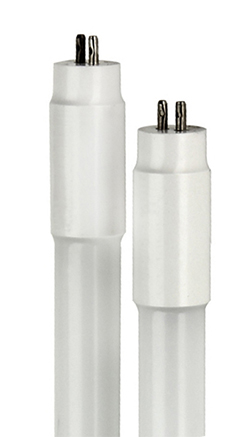
For years, the T5 light fixture has been the source of illumination for gymnasiums, warehouses, industrial, and other commercial buildings. These lights are such a staple in these settings, that they can be easily forgotten or overlooked when efficiency upgrades are being made. When looking to increase building lighting efficiency, the LED ready T5 fixture should be considered at the top of the list. These energy and cost-efficient fixtures make replacement quick, and maintenance simple.
What is an LED Ready T5 Fixture?
While they look just like fluorescent fixtures, LED ready fixtures are designed to specifically house energy saving LED T5 lamps. The name is an indication of just how these fixtures work. They don’t contain a ballast, allowing the light to be installed without bypassing a ballast, or having to spend money on an LED tube that is ballast compatible.

Time Saving Technology
Along with the time saved during installation, this fixture saves energy by using energy-efficient LED lamps in it. LED lamps are made to last for 50,000 hours on average. That’s more than twice as long as the standard 24,000 a fluorescent is rated. The technology is such that an LED using the same amount of watts as a fluorescent lamp can produce an even higher lumen rating, emitting a brighter light than the fluorescent.
Endless Options
The LED ready T5 fixture provides a smart and simple solution to replacing outdated fluorescent fixtures. There are fixtures that hold from one to eight lamps at a time. The LEDs they house are available in a wide range of color temperatures, wattages, and lumen ratings. The fixtures are also available in high bay and linear, giving you even more options when it comes to creating efficiency in your commercial or industrial space.

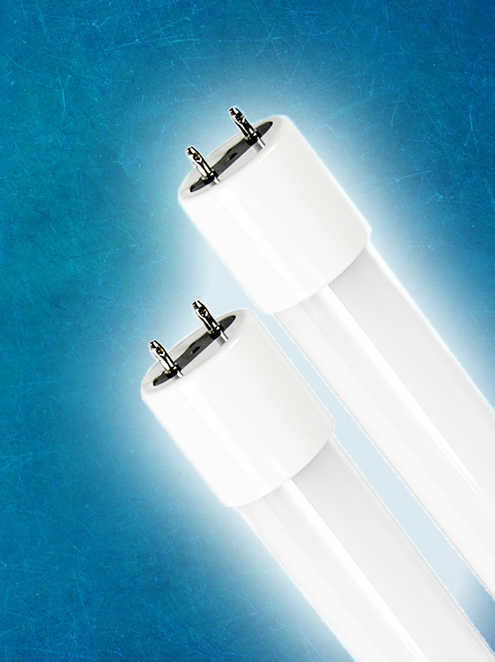
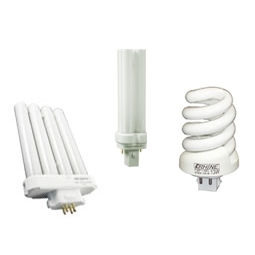


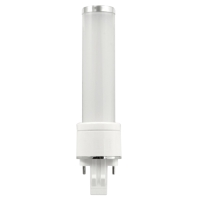
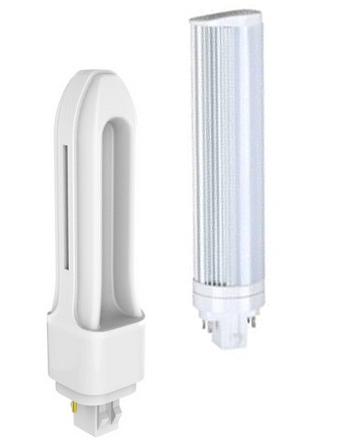
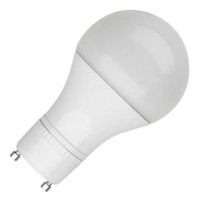

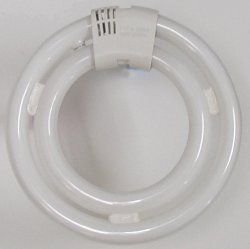
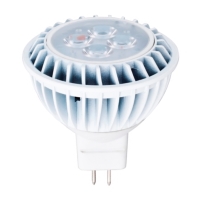


 Traditionally, fluorescent T8 linear lamps have been used as the main light source in commercial buildings such as hospitals, warehouses, schools, and more. LED T8 lamps are quickly replacing their fluorescent counterparts. The LED technology provides higher efficiency, many color and lumen options, and sizes. Advancements in lighting capabilities have also led to more options for installation. When deciding on which lamps to replace your fluorescent T8s with, one of the main things to consider is the ballast type. Knowing the difference between a
Traditionally, fluorescent T8 linear lamps have been used as the main light source in commercial buildings such as hospitals, warehouses, schools, and more. LED T8 lamps are quickly replacing their fluorescent counterparts. The LED technology provides higher efficiency, many color and lumen options, and sizes. Advancements in lighting capabilities have also led to more options for installation. When deciding on which lamps to replace your fluorescent T8s with, one of the main things to consider is the ballast type. Knowing the difference between a 